Bag vs Bagless Vacuums
Bagged vacuums have a more old-fashioned vibe, and bagless vacuums make a better commercial: it looks really cool seeing dust sucked up like a tornado!
But which performs better?
Depends on what area of performance we’re looking at.
Let’s dive into the details of which is better a bagged or bagless vacuum, and at the end, I’ll give my summary on which I think is best for you in one sentence.
Simple comparison of bag vs bagless vacuums
I find it easiest to to breakdown bag vs bagless vacuums in a table:
Table 1. Comparison of bagged vs bagless vacuums
| Feature | Bagged | Bagless |
|---|---|---|
| Capacity | holds more | holds less |
| Allergies | slightly better | slightly worse |
| Cost of use | $ for bags | none |
| Ease of maintenance | less work | more work |
| Pet hair/Performance | see below | see below |
| Aesthetics | old-fashioned | sleeker |
That should give you most of what you need to know, but I know some people still have questions. Let’s dive into the pros and cons of bagged vs bagless in a little more detail:
Detailed pros and cons of bagged vs bagless: capacity, ease of clean, cost of use, aesthetics
These categories are a tie at 2-2 for bagged and bagless. The way to to break a tie is determine which feature are more important to you. Let’s find out…
Bagged vacuums hold more debris. Also, they are easier to clean. Think of a trashcan with a bag and without a bag. The trashcan without a bag you take out to the dumpster, turn it upside-down, and empty it. While you do this, you get a puff of debris in your face, and you’re left scraping trash off the side of the can. With a trash bag, you just tie it up, pull it out, and dispose of it with no mess. The real win in these two categories is time saved with bagged.
The winners for bagless vacuum are cost of use and aesthetics. You don’t have to buy new bags, so cost of use is $0. As for looks, vacuums with no bag look like state-of-art technology, while bagged vacuums look like a mobile trashcan. You may be thinking, “I don’t care about looks.” Well… there’s a hidden benefit to being the more fashionable vacuum: looks sell. Why do this matter to you? Because the vacuum companies will invest in what sells. This is why you see some of the newest technology in bagless vacuums only.
Bag vs bagless vacuum for allergies
In general, bag vacuums are slightly better for allergy sufferers. This is because bag vacuums let less debris in the air when you’re emptying the vacuum. However, new bagless technology has made newer models almost as allergy-friendly to empty as bagged versions.
In both bagged and bagless vacuums, you need to make sure you have good suction and an effective HEPA filter. I say “effective,” because some vacuums are marketed with a HEPA filter, but it’s extremely ineffective. I have a full article breaking down the best vacuum for allergies that will guide you on what to look for and my favorite allergy vacuums.
Alternatively, water filtration vacuums are also quite allergy-friendly since they use water to trap dust particles within the machine rather than dispersing them into the air.
Bagged vs bagless vacuum for pet hair
All things being equal, bagged vacuums are better for pet owners. Bagged vacuum have simpler systems that translates to more consistent performance. Bagless vacuums have small dirt cups and filters that can clog, reducing performance. But this doesn’t tell the whole story.
Here’s the catch: when I said “all things being equal,” all things aren’t equal. Vacuum companies invest more in new technology in bagless systems—think Dyson (why they invest more into bagless goes back to what we said about bagless vacuums are easier to sell–see above)
So this is confusing…. I started by saying bagless are better for pet hair, but then I said the best technology for pet hair and performance is in bagless. You’re probably thinking, “I just want to know which is better?!”
The important takeaway is both bagged and bagless have great vacuums for pet hair. Bagged vacuums naturally have a slight edge in performance, but companies have invested more into bagless vacuum to make the bagless versions perform just as well as the bagged versions.
Captain’s parting words!
If I’m given the option of two identical vacuums one with a bag and one bagless, I’m going with the bagged vacuum. They are cleaner, simpler, less maintenance and have the slight edge in performance.
In the real world, you won’t face this decision. There are not two identical vacuums with and without a bag. Not only that, but most features on your new vacuum will have a bigger impact than whether or not it has a bag.
So does a bag really matter? My rule of thumb: the less you pay for the vacuum, the more you should consider a bagged vacuum.
As for me? Since more new technology vacuums are bagless, there’s a good chance my next vacuum purchase doesn’t have bag. Plus, I’m a sucker for the cool looking tornado of dust you get with a clear canister.

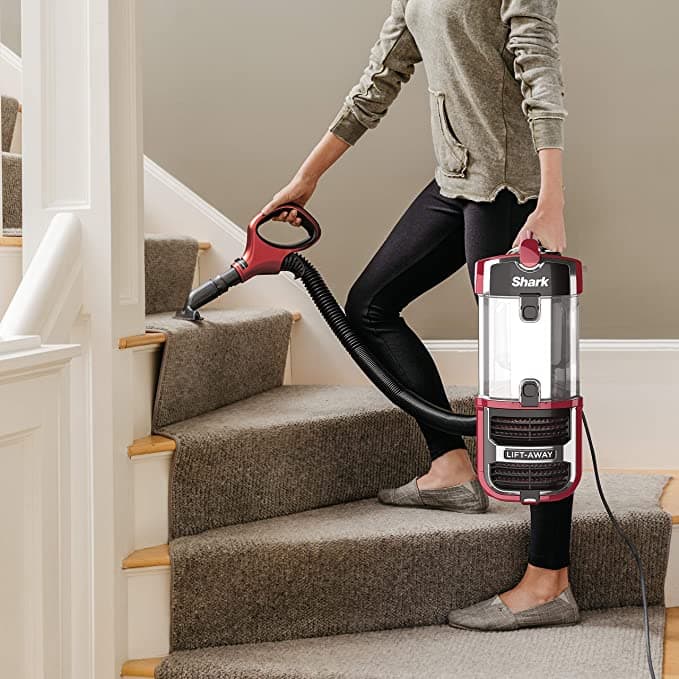
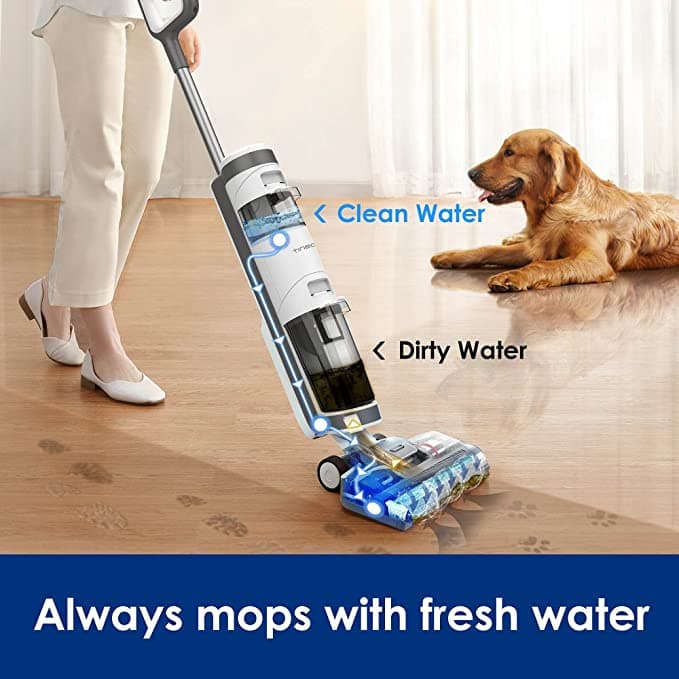
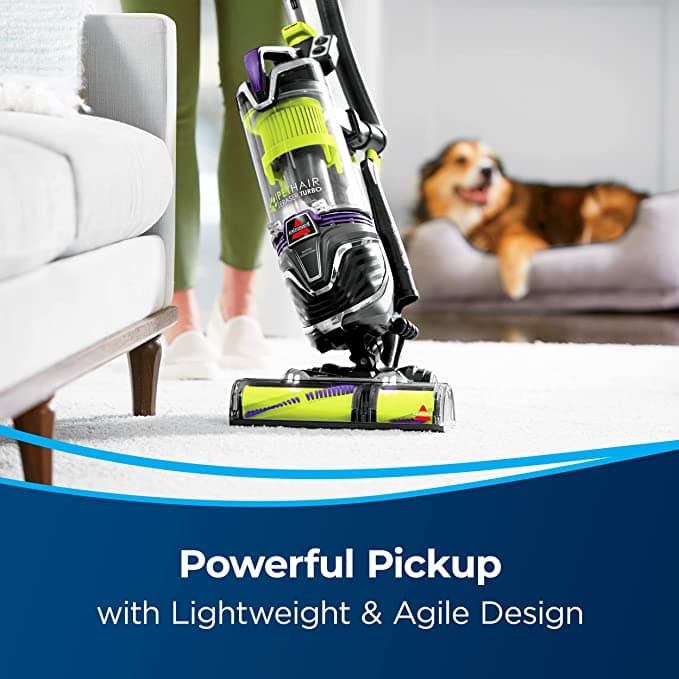
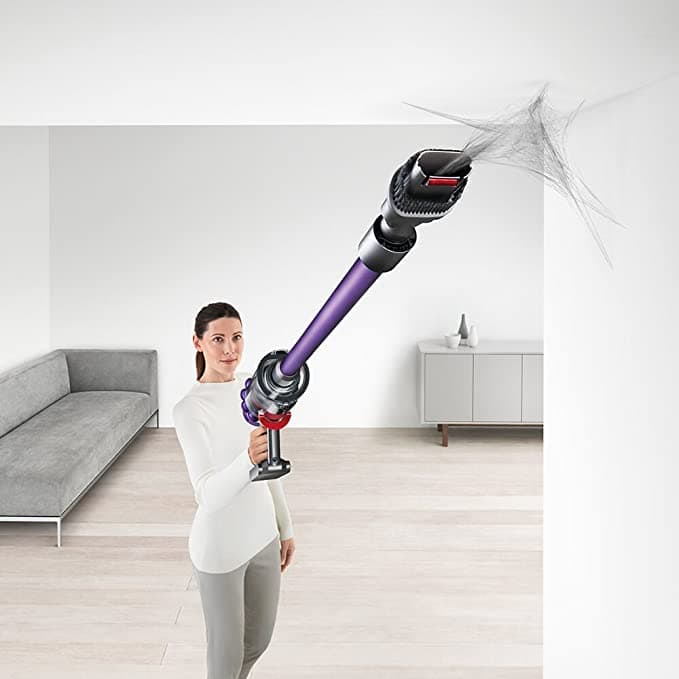
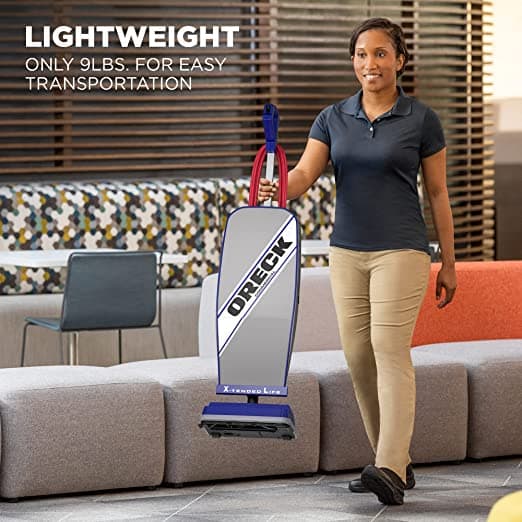

Perfect article. Just what I needed to know! Bagged it is for me!
Great! Glad it helped you with the choice!
I like what you said about bagged vacuums being clean when emptying debris. That’s why I prefer to use a bagged vacuum so that it’s easier and cleaner to unload the vacuum. Without a bag, there is dust flying everywhere when you empty the vacuum. I’ll have to get a bagged vacuum one of these times.[link removed]
I appreciate that you’ve mentioned how bags and bagless vacuum cleaners are different from one another, especially when you mentioned that buying filter bags holds more debris and at the same time is easier to clean, as you simply throw the old bag out and buy filter bags for later use. I prefer this over the bagless one, as it is more time-consuming to clean the latter. There may be some advantages for using the bagless vacuum, but I still prefer to buy filter bags that will make cleaning easier due to increased capacity and easier disposal. Thanks for this information! https://filterprofilters.com/